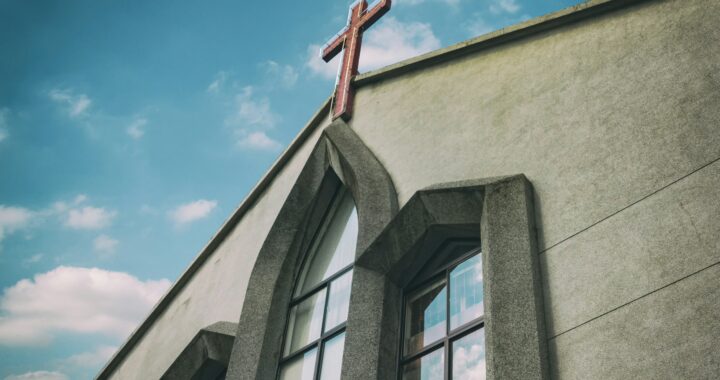Staff Editorial: Preserve University History
3 min read“This Place Matters,” read the signs being held outside of Seacobeck Hall on Tuesday night. Our dining hall does matter, as does the rest of our campus.
The proposed master plan has stirred the Department of Historic Preservation, as well as other like-minded students, since many historic buildings are slated for renovations or demolitions.
While we realize that progress is sometimes necessary, we believe that the university needs to work closely with the historic preservationists. The University needs to examine closely our values closely—especially those concerning history, cost, beauty and sustainability.
Foremost, the Department of Historic Preservation often prides itself as being one of the first and largest undergraduate Departments of Historic Preservation in the country. The department may suffer if our campus no longer has the same historical appeal.
Andrea Smith, a preservation department professor, captured this perfectly when she said, “Mary Wash always mentions its history. We will not be able to do that with a straight face if the plan goes through as it is.”
In addition, the cost for the master plan is ridiculous in a time of recession and rising tuition at public universities. The demolition and renovation of Seacobeck and Woodard would cost $45 million. While the administration has already asked the governor for that amount of money, those funds could be used in other ways beneficial for the university.
With tuition increases looming, this money could be directly put toward tuition. This would be a greatly appreciated benefit for all students.
This is not a time for the university to spend money aimlessly. While some money should certainly go to the most necessary renovations, allocate enough money to student clubs that struggle to get funding, or hire more faculty to maintain the small class sizes.
Beyond just the financial side of the master plan, our campus is beautiful. We pride ourselves on living in beautiful, historic buildings and being surrounded by battlefields. However, this draw to the university may be gone within the next 10 years.
When we return for alumni events in a few years, this won’t be the place we loved.
Finally, direct the focus toward sustainability. Senior Emily Morton said, “The greenest building is the one already built. Instead of ‘facadism’ let’s work with the great fabric we have.”
We couldn’t agree more. It does not seem sustainable or environmentally friendly to bulldoze Arrington and Alvey just almost 15 years after they were originally built. We need to focus on buildings that are going to last and use materials that will be sturdy.
How about Eagle Landing? Will that need to be bulldozed in 15 years, too? We hope not.
The University is taking steps to include students and the Department of Historic Preservation in the master plan. They have pushed back the final vote, a noteworthy act in the face of criticism.
Since this place really does matter, let’s maintain the values our school prides itself on. Since this place really does matter, let us not become a clone of other Virginia public schools.


